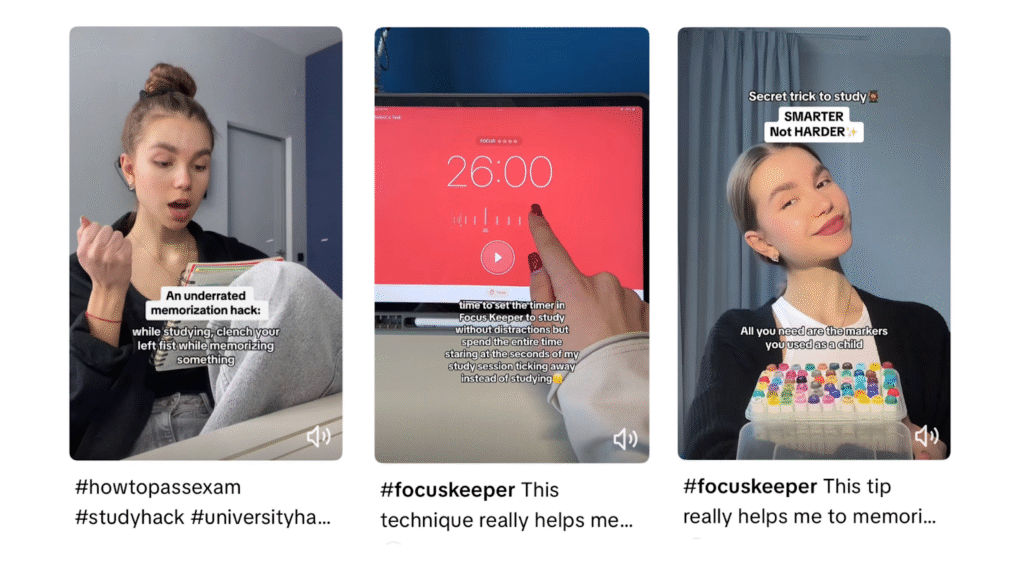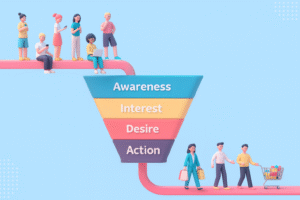After running more than 50 growth campaigns for SaaS companies and mobile apps, I’ve noticed that the same challenges appear again and again.
Some teams burn the budget on ads without seeing retention. Others focus on building features but forget distribution. And yet, a handful manage to grow fast and keep momentum.
The difference lies in a few principles. Below are the five rules of successful tech marketing that consistently shaped whether a product scaled or stalled.
1. Build distribution before you need it
Most startups focus entirely on product until launch – and only then start thinking about marketing. But growth doesn’t start after launch; it starts the moment you define your audience.
The most successful teams build distribution channels in parallel with product development.
They validate messaging through early communities, newsletters, or social storytelling long before their MVP is ready. By launch day, they already have engaged audiences waiting to try it.

That strategy proved especially effective in a digital wellbeing app campaign I helped lead.
Before the product even launched, it had built a community of more than 100,000 followers across social media and a waitlist of over 2,000 early users through educational and relatable short-form content about screen-time habits.
When the app finally went live, it gained 15,000 users within the first three days, entirely through organic traction.
Marketing growth is about momentum – and momentum is built, not borrowed.
2. Optimize for retention, not installs
A common trap in app and SaaS marketing is celebrating installs, sign-ups, or traffic spikes – without realizing how meaningless they are without retention.
Real growth doesn’t come from one-time users; it comes from users who come back.
Marketing growth teams that perform best are the ones who measure Day-1, Day-7, and Day-30 retention as carefully as impressions or click-throughs.
They analyze where drop-offs happen, what triggers reactivation, and how engagement connects to acquisition channels.
When retention drives the marketing strategy, you start seeing creative decisions that stick: onboarding videos that teach, push notifications that add value, and campaigns designed around habit-building rather than downloads.
Retention isn’t just a product metric – it’s a marketing advantage.

(Benchmark Data: Average Retention Rates for SaaS)
3. Treat content as a product
In 2025, content isn’t a “marketing add-on” – it is the product’s distribution engine. Whether you’re running a SaaS platform or a mobile app, your educational and entertaining content is what introduces, explains, and normalizes your solution in the market.
For example, when working on Focus Keeper, a productivity app, we treated short-form educational videos as part of the product itself.
Each clip offered quick study or focus techniques while subtly showing how the app supported that workflow. Instead of “showing features,” the content taught behavior.

That approach built both credibility and retention, turning casual viewers into daily active users.
The same principle applies across industries: when users learn or get inspired through your content, they don’t just watch – they trust. And trust is the new conversion.
4. Experiment fast, but measure deep
There’s a misconception that growth marketing is about endless testing. But testing without structure is just noise. The real key is fast experimentation with deep measurement.
In dozens of campaigns, the winning teams weren’t the ones who launched the most experiments; they were the ones who learned the most from each one.
They tested hypotheses with clear success metrics – and then documented results to refine future campaigns.
The framework is simple:
- Test one variable at a time (hooks, visuals, messaging).
- Measure beyond surface metrics (not just views, but watch time, saves, or cohort retention).
- Double down on what performs, cut what doesn’t, and repeat weekly.
This mindset turns marketing from a guessing game into a scalable system.
5. Make the brand human
One of the biggest unlocks in marketing growth today is authenticity. People trust people more than companies, especially Gen Z.
The brands that consistently outperform others are those that show real voices, faces, and personalities.
Whether through founder storytelling, team-driven content, or community engagement, human-led marketing consistently wins against polished corporate messaging.
Viewers connect with honesty, vulnerability, and shared experience – not perfection.
When a company communicates like a person, the audience starts to respond like a community. That’s how you move from marketing to belonging – and belonging is what keeps users around long after the ads stop.
Marketing growth isn’t about luck or algorithms. It’s about mastering repeatable systems that balance creativity with data.
Across every successful SaaS and app campaign I’ve worked on, the same pattern appears: build distribution early, measure what matters, create valuable content, experiment with purpose, and stay human.
Because when you focus on long-term trust and user connection, growth stops being a spike – and becomes a habit.









